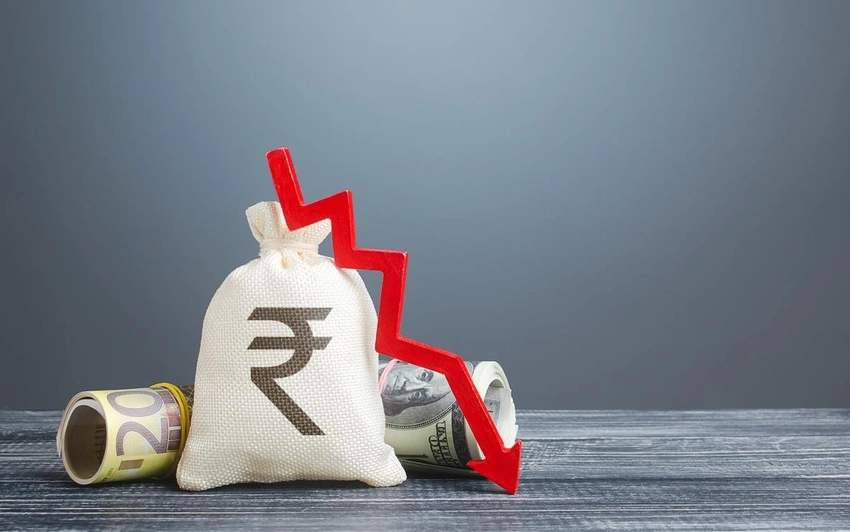On Monday, the Indian rupee fell past 87 to the U.S. dollar for the first time, hitting an all-time low of 87.1450 per dollar due to a slump in Asian currencies and equities following U.S. President Donald Trump's imposition of tariffs on Canada, Mexico, and China. This has led to concerns about a potential trade war, with Canada and Mexico announcing retaliatory measures. The rupee has depreciated nearly 4% since the beginning of October.

Analysts expect continued pressure on the rupee due to unfavorable macroeconomic factors and fear of further depreciation as the new U.S. tariff regime under Trump unfolds. Asian currencies and equities, including those of South Korea, Malaysia, Indonesia, and Thailand, experienced significant declines.
Foreign investors have already been withdrawing funds from Indian equities due to the country's slowing growth, and this trend may accelerate amid fears of a global economic slowdown induced by the tariffs. The Reserve Bank of India's reduced intervention strategy is anticipated to further affect the rupee's value.
In response to the rupee's decline, the Reserve Bank of India (RBI) announced a $5 billion dollar/rupee buy-sell swap auction. This move aims to inject approximately 1.5 trillion rupees into the banking system, bolstering dollar liquidity and stabilizing the currency. The auction is expected to attract significant interest from banks and corporate treasuries seeking to secure future dollar requirements.

Finance Secretary Tuhin Kanta Pandey addressed concerns regarding the rupee's depreciation, stating, "There is no concern about the value of the rupee. The volatility in rupee is being managed by the RBI." He emphasized that the Indian rupee operates on a free-float system, with its value determined by market forces.
Analysts note that the RBI has been actively intervening in the currency market to curb excessive volatility and maintain macroeconomic stability. This strategy has involved utilizing foreign exchange reserves to support the rupee.
The depreciation of the rupee poses challenges, including increased costs for imports such as crude oil, which can contribute to domestic inflation. However, a weaker rupee can also make Indian exports more competitive globally, potentially benefiting sectors like information technology and textiles.
As global trade tensions persist, the RBI's role in managing currency volatility remains crucial. Market participants will closely monitor the central bank's interventions and policy measures aimed at ensuring financial stability.
#RupeePlunges #GlobalTradeTensions #EconomicDownturn #IndiaEconomy #CurrencyCrash #TradeWarFears #MarketVolatility














Just got the news that the RBI is stepping in to stabilize the economy after the rupee hit a record low - hopefully this will lead to some relief for Indian traders and investors
noooooo..... or may be yessssssss!!
Some comments may have been deleted or flagged.